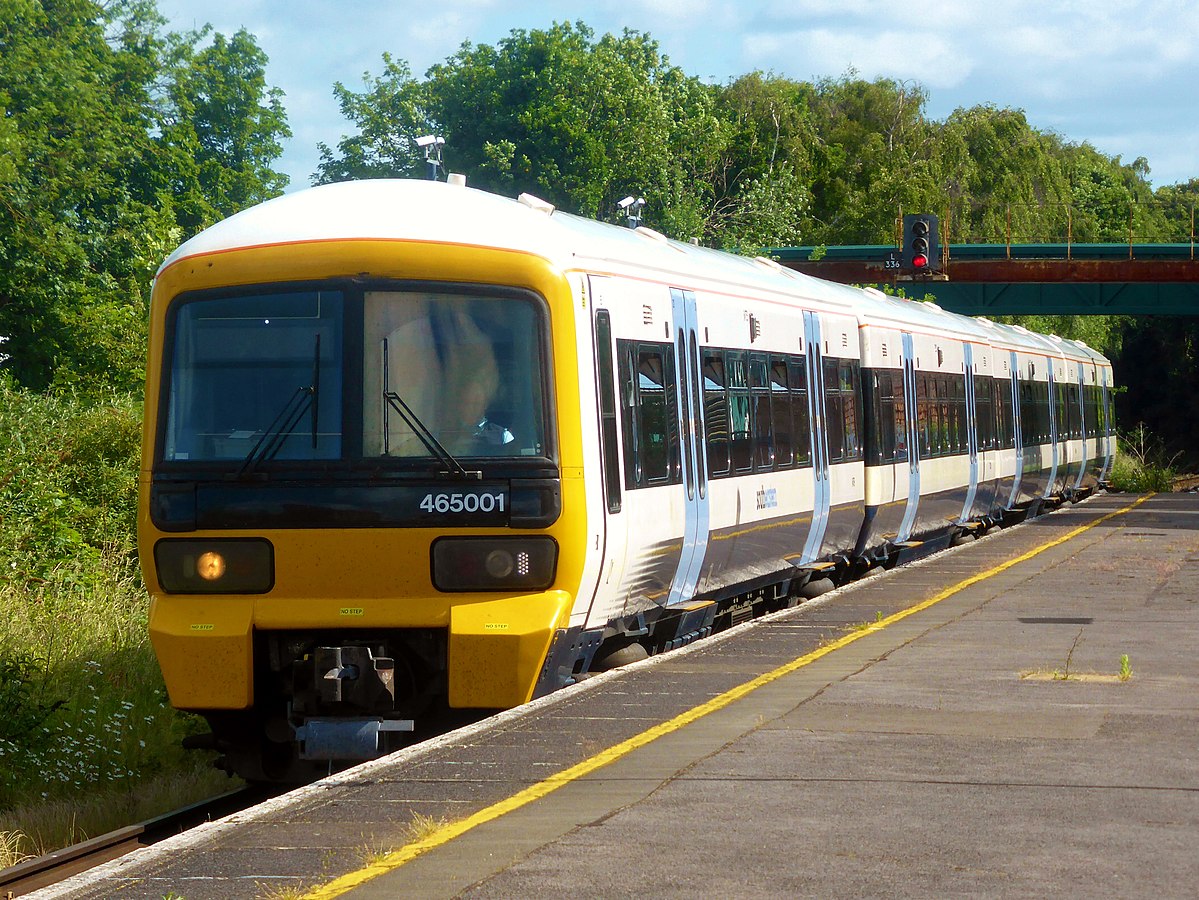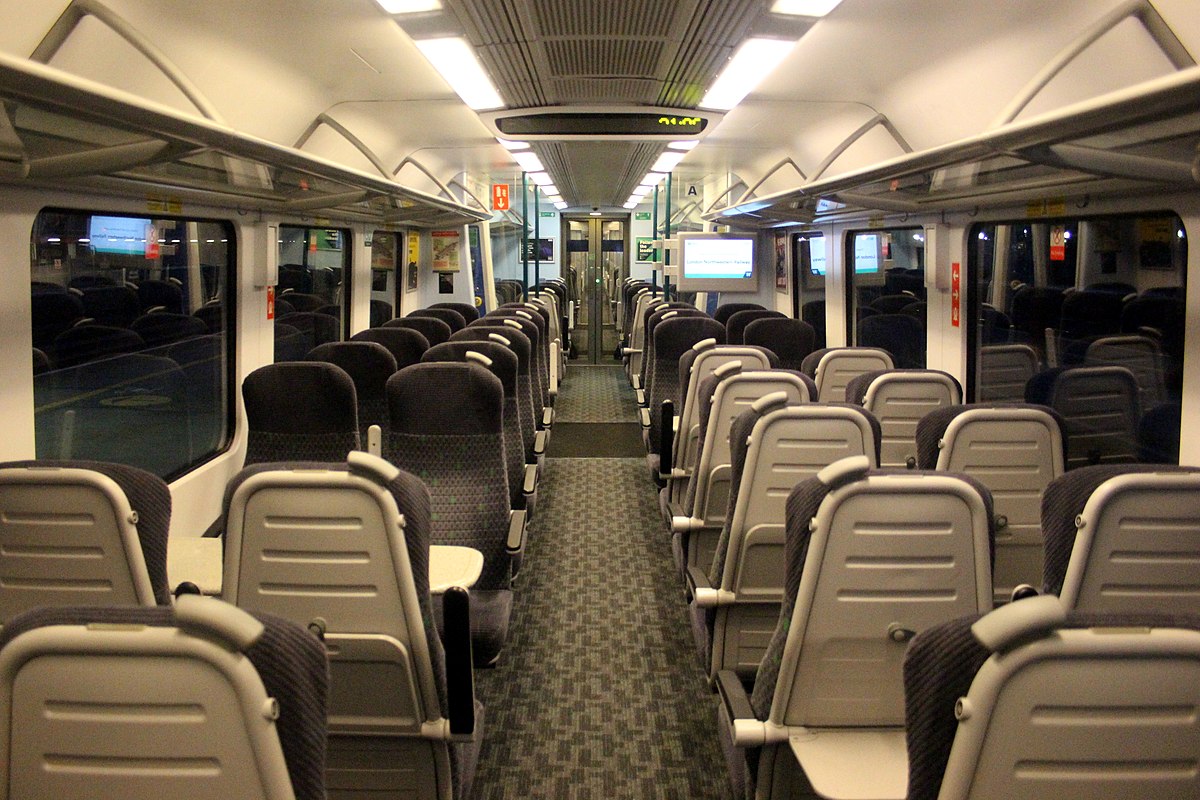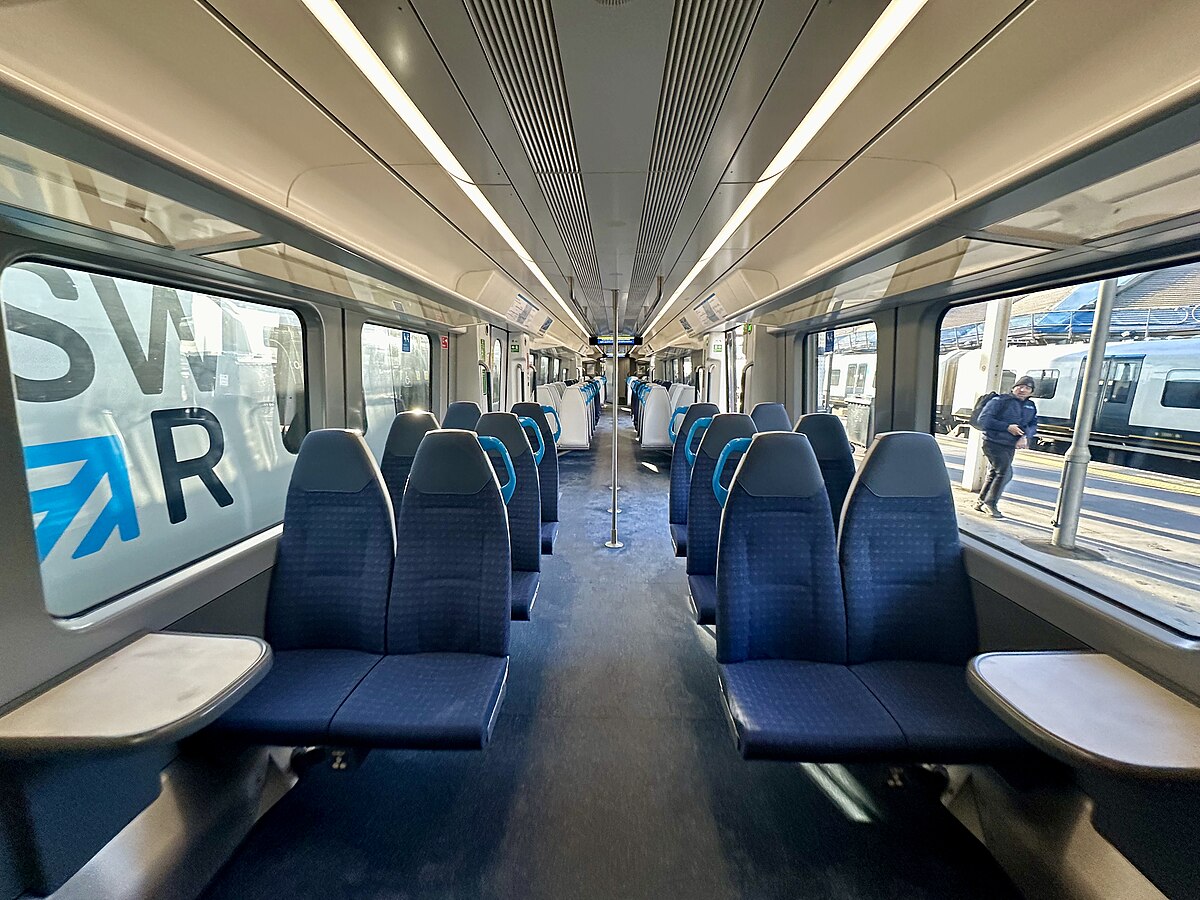Every weekday morning, people begin their commutes, riding trains until they arrive at their destinations. While people complete these stretches of travel, trains begin their daily commutes on the for the morning rush.
People complete their travel cycles on the trains. These cycles have undergone the modernization. But for the people on these commuters, the travel remains outdated and uninspiring.

Train travel modernization has undergone. Commuters still travel daily. While intercity passengers travel on the newly designed trains, many commuters still travel on the rolling designed for short and cramped journeys. The endurance for these people is their daily commute.

Take a ride on some of the older Electrostars or Networkers and you’ll see the issue immediately — bland interiors, worn upholstery, and layouts that prioritise maximum capacity over basic comfort. Commuters spend hours a week in these trains, often standing for long stretches, and that experience shapes how people view rail travel as a whole.
For passengers, the difference made by the lack of basic comfort makes people view rail travel overall negatively. If we want rail to lead the country’s decarbonisation strategy and reduce congestion, the rail experience needs to improve to match the time on the journey.
Lessons from Abroad
For over a century, commuter rail in Tokyo, Paris and Berlin has been designed far beyond the bare minimum. Consider the difference designed with the passenger in mind: padded seating, thoughtful lighting, better air circulation, and clever layouts.
There have been improvements in the UK as well, such as the Class 701 Arterio trains on South Western Railway and the Class 720 Aventras on Greater Anglia. However, for some reason, the improvements continue to be described as “too slow.” Even worse, some improvements have been described as problematic because toilets have been removed and seat padding has been reduced.
Modern design doesn’t have to mean a design that is spartan. With enough forethought, we can have both space and comfort. Passengers like thoughtful details, including softer lighting and installed noise insulation, charging points, and visible digital signage.
Rethinking the Commuter Experience
Commuting has changed after the pandemic. With hybrid work arrangements becoming the contemporary standard, people are traveling fewer and more unpredictable days of the week, but when they do, they need a a more premium commuting experience. The old argument that “passenger trains don’t need any frills because the journeys are so short” is falling flat.
Today’s passengers deserve the same level of comfort and connectedness that is readily available at home and work. Instead of feeling industrial, travel spaces of the train should be designed in a way that feels efficient and humane. A train carriage should be more than a metal box on wheels. It should be a moving workspace, a quiet zone, or a brief moment of calm in a hectic day.
Better train interiors bring more than just the perceived value of comfort. It is a strategy to build economic value. Passengers who are satisfied are more likely to travel regularly, renew or upgrade season tickets, and spend their money at various stations or even on onboard services.
The Way Forward
When a commuter train is reimagined, it doesn’t mean gold-plated seats or high-end branding. It means adapting to real human concerns: the needs of the body in space: comfort, safety, visibility, usability. It means passengers have to be part of the consultation — what works, what doesn’t — so lessons learned can be applied across the entire system.
Both operators and the government have to recognize that, in addition to being a means of transport, the rail system is also a public space that millions of people occupy and interact with every day. Improving that space, even marginally, can strengthen the emotional bond of passengers to the system and shift public perception of rail modernity, from a relic to a service of the present.
Through industrial and economic change and even global crises, Britain’s commuter trains and services have shaped and carried the country. They deserve their place in the nation’s story. If they are also to be part of the country’s future — a future that is green, reliable, people-first — it is high time to provide the attention, care and design they unequivocally deserve.
For more of the latest Rail News click here our YouTube Channel will be uploading new content in 2026 click here to subscribe





